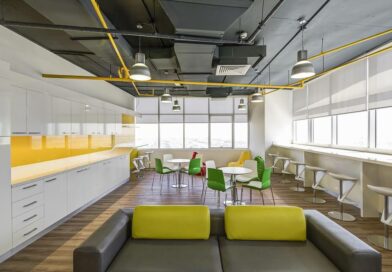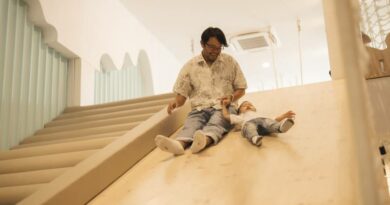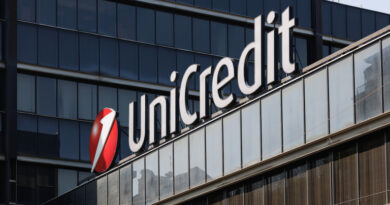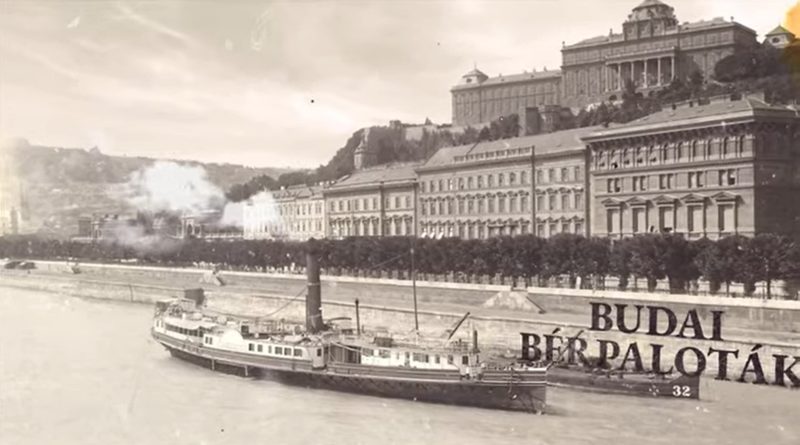The turning point has arrived to the retail market
Based on the latest retail market report of Colliers International Hungary, following the crisis years of 2008 and 2009, the retail market in Hungary stabilized during 2010 as market players adjusted to the changed conditions. The decline in retail turnover which has been experienced every year since 2006 has stopped and a recovery on the market is slowly but surely starting to take place.
“Rents have stopped falling in many market segments, but tenants remain cautious, focusing on their best-performing stores, reducing the size of units where necessary. There is more emphasis on market position, profitability and location.” – said Anita Csorgő, director of Colliers International Hungary Retail Agency.
Domestic spending is showing signs of a turnaround, as official statistics indicate that retail turnover increased slightly year-on-year starting from July. 2010 should show an overall stagnation, which is a positive sign after five years of continuous declines. Absolute turnover levels however remain at the level of around 2003. Retailers are much more aware of market circumstances and consider very cautiously the number of shops a market can sustain, careful that any potential new stores do not take business away from existing ones. Brands present on the market were able to hold on to their positions during the year, as there were few new market players.
Although fewer new brands entered the market in 2010, there were some new players: bijou retailers Beeline (SIX and Iam) and Claire’s opened their first stores with plans to rapidly build out a network, Müller opened its first store in Budapest with more planned for 2011, and Starbucks will follow their 3 newly opened cafés with about 5 more in 2011. Hard Rock Café will make its Hungarian debut in Váci1 Shopping Emporium, set to open in September.
There were some market exits as retailers continued to experience difficulties: ElectroWorld and Pizza Hut have closed some units, banks have reduced their branch networks and drugstore chain Schlecker announced it will leave Hungary. There were also many cases of space reductions and other efforts by retailers to optimize networks.
Concerning the supply, Ms. Csörgő pointed out, that only a handful of new retail centers opened in 2010. Aside from neighborhood strip malls outside the capital (Alpha Park in Keszthely, Family Center in Vác), the year’s only major new center was the Corvin Shopping Center in Budapest, with GLA of 34,500 sqm. All opened with turnovers and footfalls exceeding expectations.
Three smaller unique concept centers will definitely open in 2011 in downtown Budapest: ORCO’s landmark Váci1 Shopping Emporium (11,000 sqm GLA), the futuristic retail and events center CET along the Danube (12,000 sqm GLA) and Europeum (6,000 sqm GLA) on Blaha Lujza tér, below a Marriott Courtyard Hotel. The two larger projects are scheduled for Q4 openings, KÖKI Terminál (55,000 sqm GLA) and Árkád Szeged (34,000 sqm GLA).
Budapest’s dominant high streets Váci utca and Andrássy út remain popular targets for retailers, especially luxury brands, and have held on to their market positions even during the crisis. Turnover has been adequate, with new shops opening in 2010, including Max Mara and Frank Müller on Andrássy, Calzedonia and Bijoux Brigitte on Váci. Replay and Sinequanone signed for spring 2011 openings on Andrássy, also Tezenis and a large Salamander flagship unit will open on Váci utca. Several weaker retailers have closed on Andrássy where there are numerous vacant units currently available for rent.
The outlook on the retail market, while positive, is still characterized by a wait-and-see approach for 2011. Prevailing market and economic conditions have created an uncertain atmosphere regarding the future. The reduction in personal income taxes in effect from January will increase the disposable income of households, especially those with above-average incomes. This should have a positive effect on retail turnover in 2011, most noticeably in the non-food sector where a 3–5% increase is projected.
However, the more cautious shopping patterns brought on by the crisis will continue. In a regional comparison, Hungary is already seen as a favourable investment target by some retailers. Interest and activity from new market entrants is already picking up in response to projected increases in retail spending and rental conditions that are very favourable compared to neighbouring countries.
“New pipeline shopping centre supply will be delayed to 2013–2015. There will be greater activity in the next two years for older centres to refresh themselves in terms of design, concept and attracting new tenants, to hold onto their market position or even gain market share. Management will be under pressure to increase turnover through better marketing and more focus on customer services and retention of both tenants and regular shoppers while reducing costs.” – summarized Anita Csörgő.
































